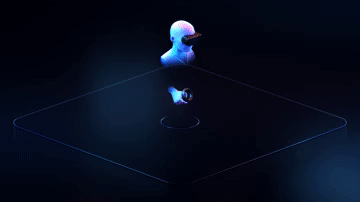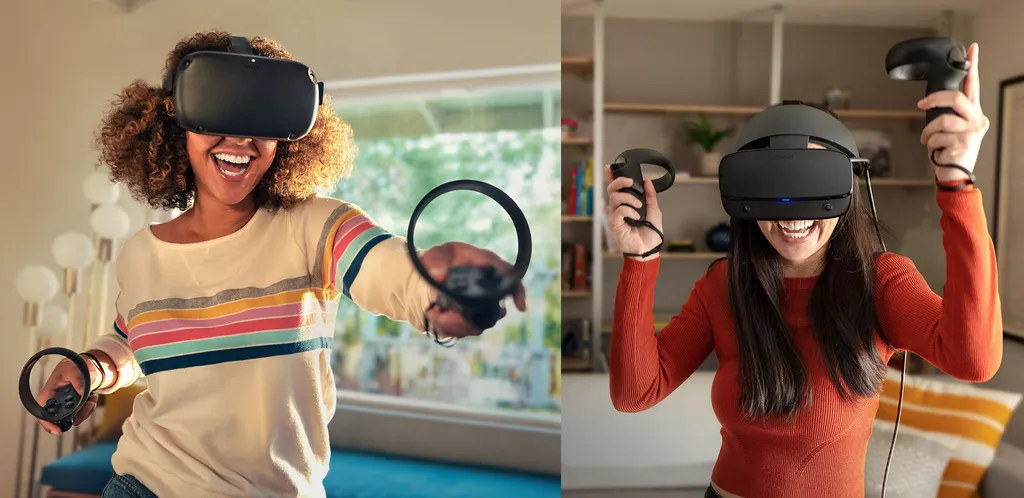Oculus Quest software 7.0 and Oculus Rift S software 1.39 brings important improvements to Touch controller tracking.
We tested the update on Rift S and found that it dramatically improves controller tracking close to the headset, and noticeably reduces cases of controller occlusion breaking tracking.
Near Headset Controller Tracking
Before this patch, controller tracking would “stick” when a controller came too close to the headset. This was particularly noticeable in first person shooters when using two handed rifles, or when using a bow, or in fighting games like Creed when making a defensive pose.
In the weeks before launch, Oculus CTO John Carmack described this as “one of the hard poses for tracking, where the cameras can’t see a good selection of LEDs on the controller, and the LEDs are so big and glaring that they don’t look like the normal tracking dots”.
He did however state that the problem was being worked on, and that he expected improvements.
This update brings those improvements. Controllers can now be brought close to the headset–even touching the headset at some angles. This makes using rifles in shooters and bows in archery games a much more usable experience.
Controller Occlusion
The other major issue with controller tracking was how easily it would break when one controller occluded the other. Prior to this patch, any instance of one controller being moved in front of the other would break tracking.
With this patch this has now improved. While the change is not as dramatic as the close to headset improvements, it is noticeable and helps in games with two handed interactions such as shooters.
Automatic Floor Height Detection
The update also adds automatic detection of the position of the floor during Guardian setup.

Previously, the floor height was set by touching the floor with a Touch controller during setup. This can still be done if the algorithm gets it wrong, but is no longer necessary otherwise.
The Rift S already had the easiest setup process of any PC VR headset, but this update makes getting into VR even easier.
Inside-Out Vindicated?
Playing games like Onward, Pavlov, and Creed with PTC 1.39 feels like using a different headset than before. Instances of tracking loss while playing normally are almost completely gone from what we’ve tested.
At the release of Rift S, many in the VR community criticized the controller tracking limitations and claimed they proved that inside-out was the wrong decision for the Rift line. Shooters like Onward even added a ‘Virtual Gunstock Mode’ to work around these limitations–a mode that may not be necessary with this patch.
YouTube user magicnch posted a short video of the update with the popular FPS:
https://www.youtube.com/watch?v=c2U3-qdwTsQ
Hopefully improvements continue to come since this is already a big step just one month after launch. Rushed software seems to have potentially been the cause of these issues, rather than a fundamental limitation of inside-out tracking.


























